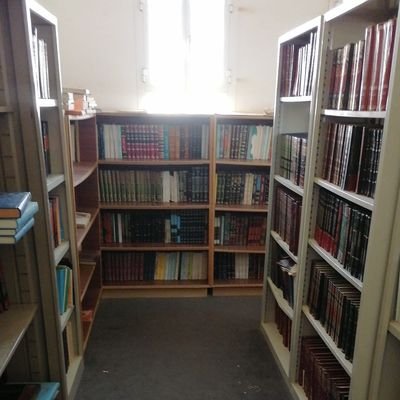
WORLD CHRONICLES
@WorldChronicls
Followers
1,176
Following
5,925
Media
239
Statuses
425
🌍 Exploring the stories that shape our world. 📜 History, cultures, and tales from across the globe. Join us on a journey through time and geography!
Worldwide
Joined July 2013
Don't wanna be here?
Send us removal request.
Explore trending content on Musk Viewer
España
• 390288 Tweets
Canadá
• 240090 Tweets
Sao Paulo
• 194778 Tweets
Rogan
• 169393 Tweets
Spain
• 152404 Tweets
Fermin
• 141747 Tweets
ブレイキン
• 117537 Tweets
Francia
• 112461 Tweets
Duda
• 105700 Tweets
Sara
• 99642 Tweets
Vinhedo
• 94982 Tweets
Sha'Carri
• 92838 Tweets
Voepass
• 70506 Tweets
Penaltı
• 67940 Tweets
Tatum
• 58697 Tweets
#GSvHTY
• 57188 Tweets
Marco Verde
• 50298 Tweets
#GravityFalls
• 41833 Tweets
4x100
• 34056 Tweets
スペイン
• 33698 Tweets
Batshuayi
• 33213 Tweets
#FRAESP
• 32135 Tweets
Mari Sánchez
• 30187 Tweets
ATR-72
• 29843 Tweets
اسبانيا
• 28513 Tweets
Okan
• 28390 Tweets
Camello
• 27714 Tweets
Hatay
• 25613 Tweets
Marileidy Paulino
• 25310 Tweets
Angie Palacios
• 20136 Tweets
Cascavel
• 16787 Tweets
Jordan Díaz
• 16533 Tweets
Torreira
• 15964 Tweets
Mari Leivis Sánchez
• 15229 Tweets
Derby
• 13416 Tweets
Nicka
• 13233 Tweets
Hakem
• 13213 Tweets
Icardi
• 12716 Tweets
AMIさん
• 11710 Tweets
Ziyech
• 10575 Tweets
Last Seen Profiles
#OnThisDay
in 1916, Battle of the Somme Begins:
One of the largest battles of World War I, the Battle of the Somme, began on July 1, 1916, resulting in over a million casualties.
1
0
2
#OnThisDay
in 1903, First Tour de France Begins:
The inaugural Tour de France cycling race commenced, becoming one of the most famous and challenging races in the world.
#TourDeFrance
#TourDeFrance2024
0
0
2
#OnThisDay
in 1859, Charles Blondin Crosses Niagara Falls:
French tightrope walker Charles Blondin successfully crossed Niagara Falls on a tightrope for the first time. He would perform this feat several times, including once carrying his manager on his back.
0
0
1
#OnThisDay
in 2007:
The Apple iPhone was released, revolutionizing the smartphone industry and becoming a cultural phenomenon worldwide.
#Apple
#iPhone
#AppleMusic
#applepronews
0
0
1
#OnThisDay
in 1911, Foundation of the Royal Naval Air Service:
The Royal Naval Air Service was officially formed in the United Kingdom, becoming a significant branch of the British armed forces.
0
0
1
#OnThisDay
in 1934, Night of the Long Knives:
Adolf Hitler carried out a purge of the leadership of the Nazi Party, executing several prominent figures including Ernst Röhm. This event solidified Hitler's control over the party and the German government.
0
0
1
#OnThisDay
in 1905, Albert Einstein Publishes Theory of Special Relativity:
On June 30, 1905, Albert Einstein published the paper "On the Electrodynamics of Moving Bodies," which introduced his theory of special relativity.
0
0
1
#OnThisDay
in 1948:
The Berlin Blockade began as the Soviet Union blocked all road, rail, and water access to Allied-controlled areas of Berlin, leading to the Berlin Airlift by Western Allies.
0
0
0





















































































































